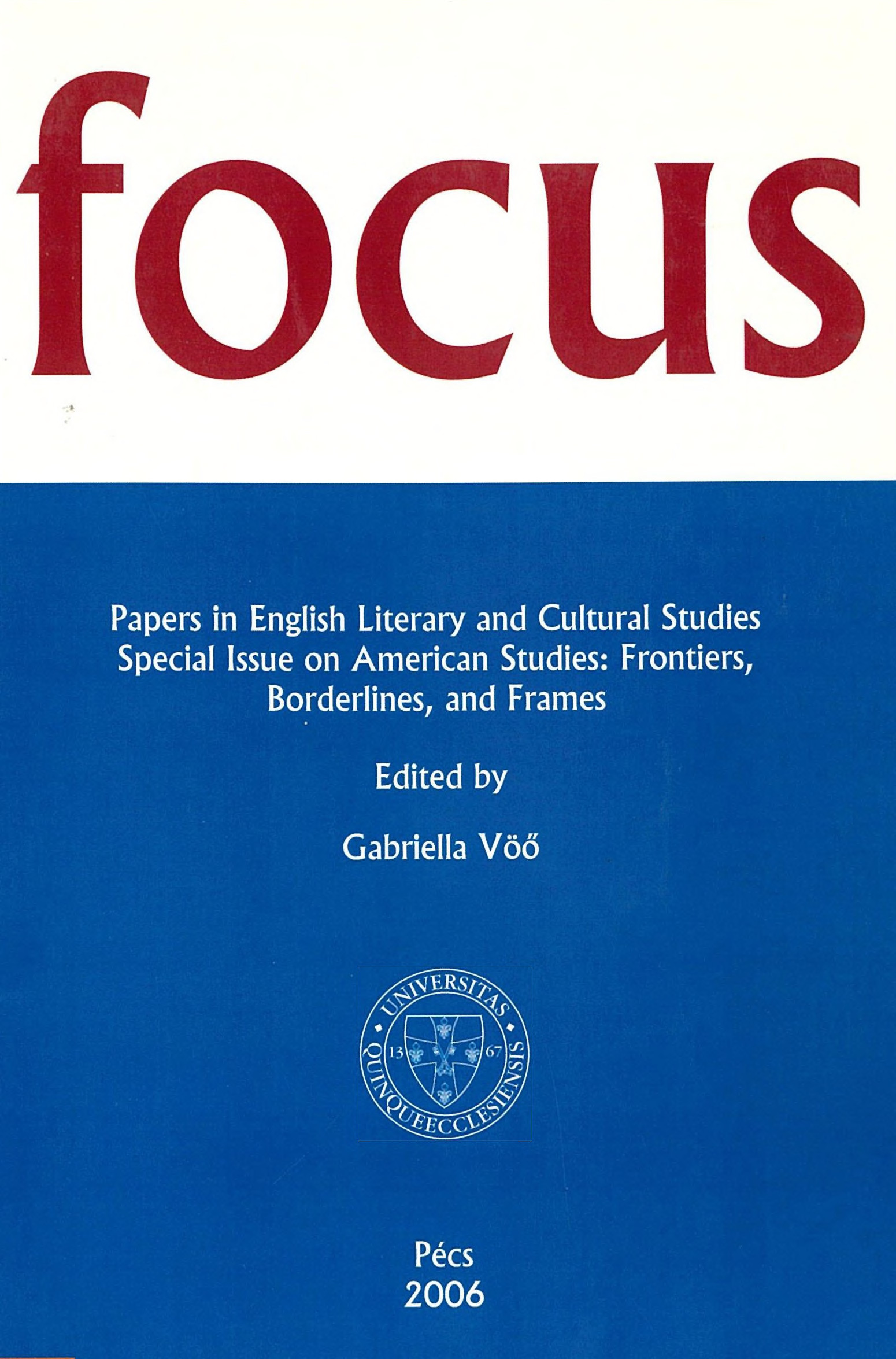Images of Death—Patterns of Dying: Death as a Boundary in Don DeLillo’s Novels White Noise, Underworld, and Cosmopolis
Abstract
In his essay “The Power of History” published in the New York Times in 1997, DeLillo speaks about the novel as a literary form and the impact of the sense of history on writing as a form of expression. Scratching the surface of “Americanness,” in the words of Willem de Koonig, the feeling American artists acquire from time to time is that they are team members participating in the joint effort of writing American history (see DeLillo, “The Power of History”). DeLillo explains that novelists are never team players, and that this process of creating American history also imposes its effects on the writer’s sense of self, or as much as the writer shapes the novel, the process is to the same extent reversal—he acquires formative elements by the result of his writing. Conducted in the environment of present day reality, the “evanescent spectacle of contemporary life,” the process of writing and its outcome are under a strong influence of the fact that “things flash and die,” that they are a process of collapsing time, and that the probably most significant feature of a “cultural drama” performed through the mediated environments is the accelerated consumption and the instant production of waste (“The Power of History”). Compared to the flashing images of the present, documented and locked in time, events from the past present themselves with an unmatched clarity and stability, a sense of greatness that arises from its iconography. Even so, such a recreated and reconstructed past in fiction still speaks not of itself but, in the process of intimization and re-centering by focusing public events through “the small anonymous comers of human experience” (“The Power of History”), it reshapes our perception of the time and social reality we inhabit. Determining the “fireball and mushroom cloud of the nuclear bomb” as the “final iconic fury” and the “final flash of the half-century” (“The Power of History”) DeLillo introduces the theme of death, transformed and transgressing, as one of the key features in the production and circulation of what is perceived as the social reality of the present.
Downloads
Published
How to Cite
Issue
Section
License

This work is licensed under a Creative Commons Attribution-NonCommercial-NoDerivatives 4.0 International License.
FOCUS: Papers in English Literary and Cultural Studies follows the principles laid down by Creative Commons, which provides guarantees for the Author’s copyright while also ensuring that intellectual properties are made available for the wider public in a digital form. All papers submitted to the journal apply the following licence conditions (indicated on the journal’s website as well as in individual publications):
“© This work is licensed under a Creative Commons Attribution-NonCommercial-NoDerivatives 4.0 International License.”
You are free to:
- Share, copy and redistribute the material included in the journal in any medium or format under the following terms:
- Attribution — You must give appropriate credit to the Author, and indicate the original place of publication [FOCUS: Papers in English Literary and Cultural Studies, Issue nr., page numbers.].
- NonCommercial — You may not use the material for commercial purposes.
- NoDerivatives — You are not allowed to remix, transform, or build upon the material.
- The above conditions must always be indicated if the journal material is distributed in any form.
- The above conditions must always be met, unless a written permission signed by the Author and the Editor-in-Chief states otherwise.

